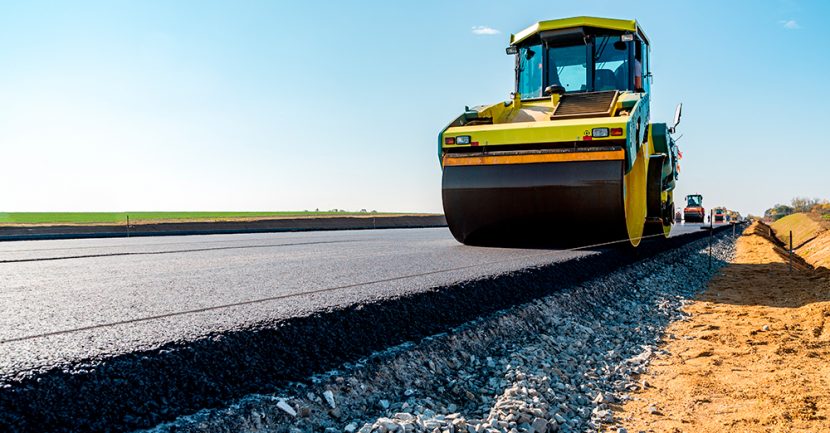Historically, pavements have been divided into two broad categories, rigid and flexible. These classical definitions, in some cases, are an over-simplification. However, the terms rigid and flexible provide a good description of how pavements react to loads and the environment.
Understanding Rigid and Flexible Pavements
- Flexible Pavement (Asphalt Pavement): This type generally consists of a relatively thin wearing surface of asphalt built over a base course and subbase course, usually made of gravel or stone. These layers rest upon a compacted subgrade (compacted soil).
- Rigid Pavement (Concrete Pavement): Made up of Portland cement concrete, these pavements may or may not have a base course between the pavement and subgrade.

Key Differences
The essential difference between flexible and rigid pavements is how they distribute the load over the subgrade:
- Load Distribution:
- Rigid Pavement: Due to the rigidity and stiffness of concrete, rigid pavements distribute the load over a relatively wide area of subgrade. The concrete slab itself supplies a major portion of a rigid pavement’s structural capacity.
- Flexible Pavement: Asphalt pavements, inherently built with weaker and less stiff material, do not spread loads as well as concrete. Therefore, flexible pavements usually require more layers and greater thickness to optimally transmit load to the subgrade.
- Design Factors:
- Rigid Pavement: The major factor considered is the structural strength of the concrete. Minor variations in subgrade strength have little influence on the pavement’s structural capacity.
- Flexible Pavement: The major factor is the combined strength of the layers. The strength of each layer contributes to the overall performance of the pavement.
- Customization and Aesthetics:
- Concrete Pavement: Provides opportunities to reinforce, texture, color, and otherwise enhance the pavement, offering high strength, longevity, safety, quietness, and aesthetic beauty.
- Asphalt Pavement: Typically does not offer the same level of customization as concrete.
Durability and Maintenance:
- Concrete Pavement: On average, concrete pavements outlast asphalt pavements by 10-15 years before needing rehabilitation.
- Asphalt Pavement: While flexible pavements can handle heavy loads, they generally require more frequent maintenance and are less durable compared to concrete.
Asphalt Thickness for Various Road Projects:
The thickness of asphalt pavement varies depending on the type and expected load of the road:
- Local Roads: Generally around 50-75 millimeters (2-3 inches) thick.
- Collector Roads: Typically about 75-100 millimeters (3-4 inches).
- Arterial Roads: Often have asphalt layers ranging from 100-150 millimeters (4-6 inches).
- Highways and Major Roads: In areas with extremely heavy traffic, the asphalt pavement thickness can exceed 150 millimeters (6 inches) to ensure durability and longevity.
By understanding these distinctions, we can better appreciate the strengths and applications of each pavement type, ensuring that we choose the most suitable materials for our infrastructure needs.







